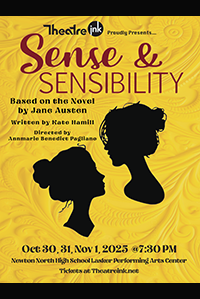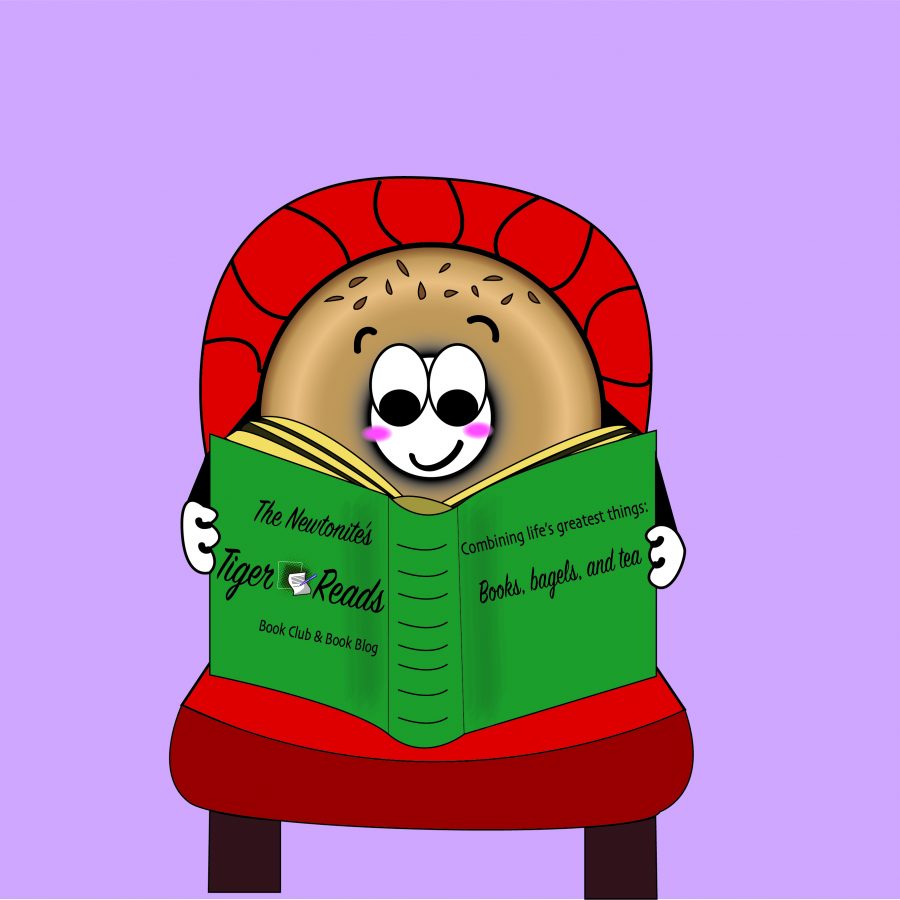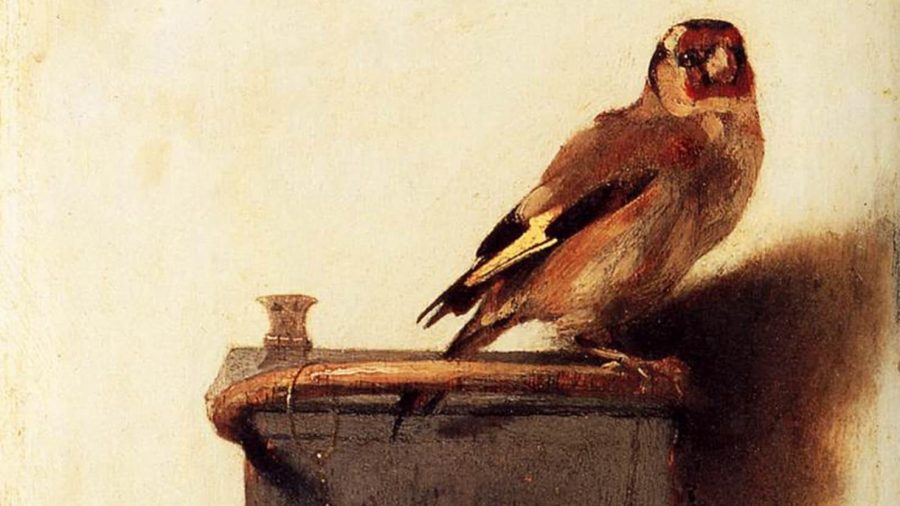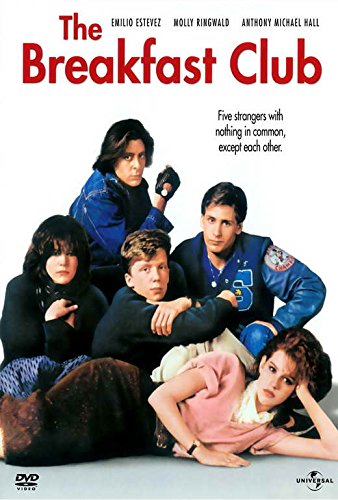
by Samantha Taylor
If you’ve never heard of J.R.R. Tolkein, you’ve been living under a rock.
I mean, The Lord of the Rings trilogy is famous. It’s been translated into almost 60 languages and published in twice as many countries. It is a timeless classic that, debatably, defined the genre of epic fantasy. “The Hobbit,” which was just recently adapted into a film, is the ultimate tale of adventure and kinship. In short, Tolkein is a legend.
Which is hard to imagine, if you’ve ever read the books. Because, if I’m perfectly honest, Tolkein had the writing abilities of a 10-year-old with an Oxford thesaurus. His imagination has no boundaries, no limits and is often all too easy to get completely lost in. It takes two or three chapters to build Gimli a boat, numerous pages to detail the family line of every minor character that happens to be walking by and only two or three pages to save the entire world.
That being said, all the books (“The Hobbit,” “The Fellowship of the Ring,” “The Two Towers” and “The Return of the King”) are absolutely brilliant. Tolkein might have neither the writing eloquence of someone like Stephen King, nor the witty humor of Jim Butcher, but his world building and storytelling is unrivaled by almost any other fantasy author.
Middle Earth is one of the most expansive and elaborate creations of any artist in the world. No detail was passed over, no character left with just a name and a face. In the “Lord of the Rings” trilogy, characters such as Tom Bombadil and Goldberry, who only appear for a chapter or two, have been fleshed out to the point where they are almost real people. Tolkein left notes detailing their families, their pasts, their futures, their homes, their favorite types of tea and any other detail you could think of. Names, such as Radagast the Brown, that pop up once or twice in conversation have vast pages of legends and myths and backstory. His multitude of maps and charts contain regions and peoples and cultures that are only mentioned in a passing sentence or two.
In short, the sheer depth and ingenuity of Middle Earth has inspired generations of authors. Tolkein invented the Orc. He invented the Hobbit. He invented the classic battle between good and evil that we see in most aspects of modern fantasy, such as the lone hero battling overwhelming odds. He defined the modern genre of fantasy.
So, the verdict is this: If you’ve only seen the movies, or if you’ve never seen the movies, go and read the books. Try not to get caught up in the language—instead, lose yourself in the story of adventure and loss and joy and love and hope. Take notes on all the characters and their families. It’s a long read, but well worth every minute.













































